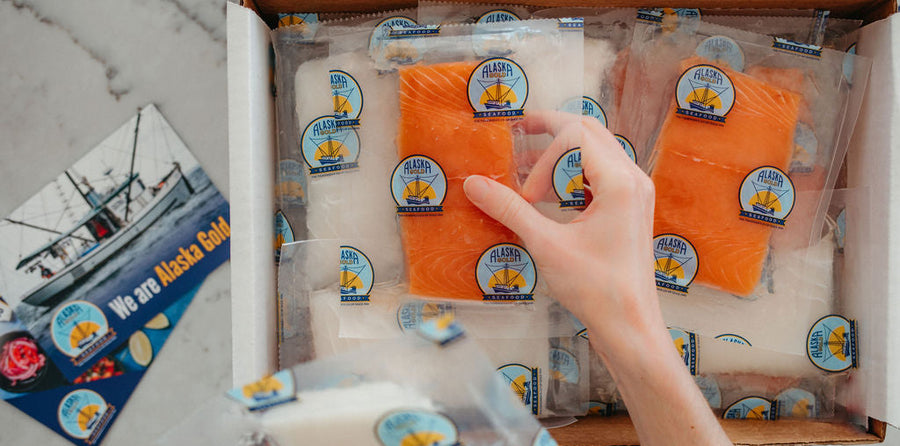
Eating wild Alaska seafood like salmon and sablefish plays a vital role for those living with diabetes or wanting to prevent diabetes. At a basic level, wild Alaska seafood is an excellent source of high-quality protein with no sugars or carbohydrates. As a result, seafood promotes blood sugar stability and is filling. Beyond being a source of quality protein, wild Alaska seafood is abundant in nutrients such as omega-3s, vitamin D, zinc and selenium.
Seafood is a rare dietary source of natural vitamin D and vitamin D has a number of health benefits, such as boosting immune system, helping mental disease, maintain hair and skin health. Our coho salmon and sablefish are particularly high in vitamin D with a 6-ounce portion of each representing 90% of daily recommended amount. Another big benefit of vitamin D is that it plays an important role in insulin secretion, helping to keep a healthy blood-sugar balance. With individuals with lower vitamin D levels, there is an increased risk of developing diabetes and glucose intolerance. In addition, consuming foods that are high in omega-3 fatty acids, like wild salmon and sablefish, appears to improve glucose metabolism.
Another benefit of consuming wild Alaska seafood, which is an excellent source of omega-3s is that omega-3 fatty acids are powerful anti-inflammatory compounds. Being anti-inflammatory means that they also reduce the risk of cardiovascular disease. Individuals living with diabetes are more than three times as likely to be at risk of cardiovascular disease compared to the general population. Studies have shown that consumption of fish high in omega-3s reduces the risk of dying from heart disease. Consuming omega-3s also lowers serum triglyceride levels. Triglyceride levels tend to be elevated in individuals who have persistently elevated blood sugar levels.
Eating seafood can help prevent diabetes and also help those living with diabetes to manage it to live a better life.



